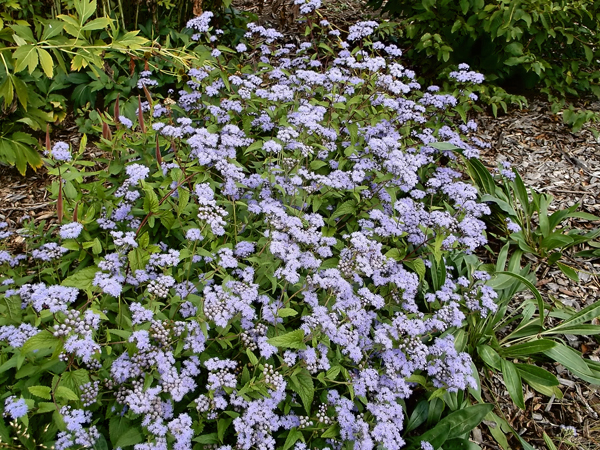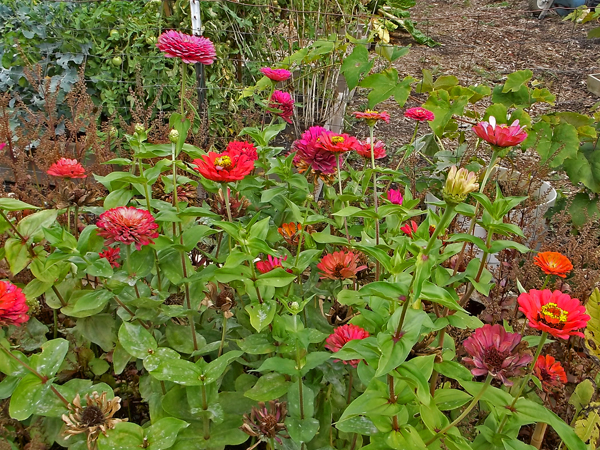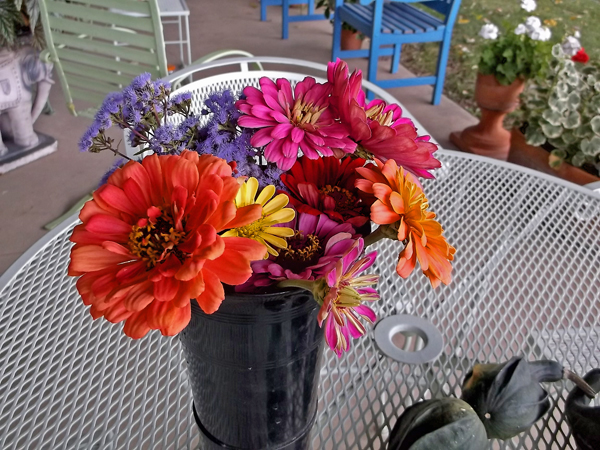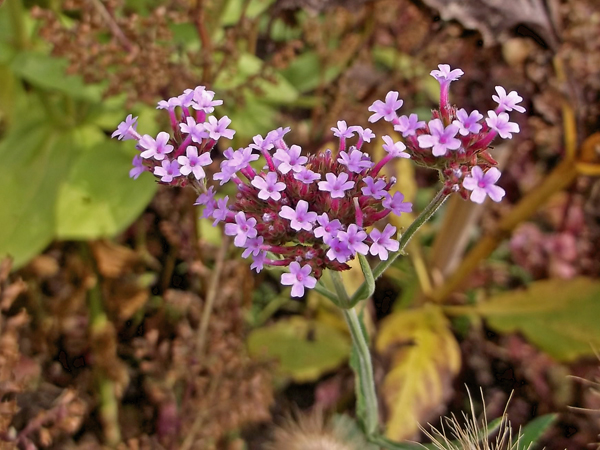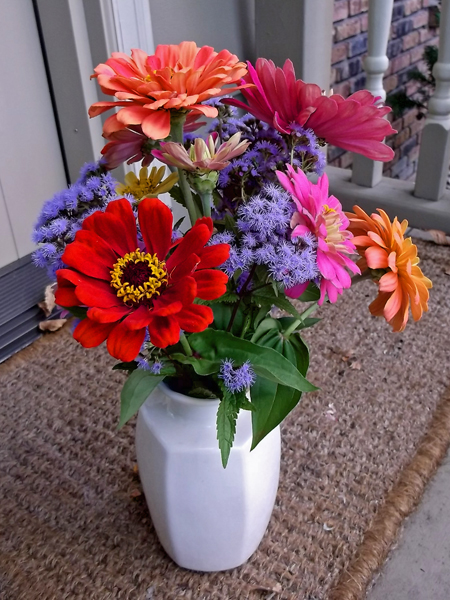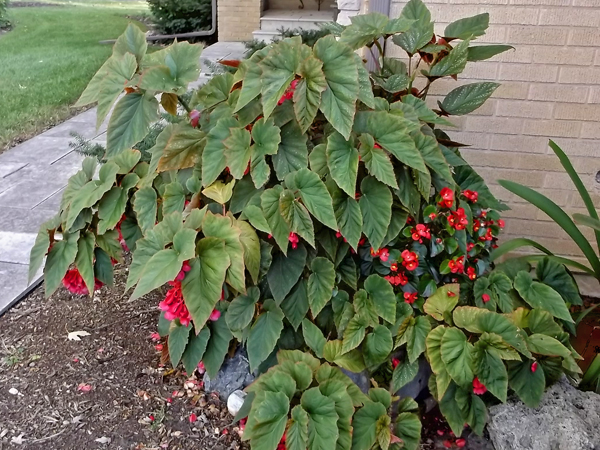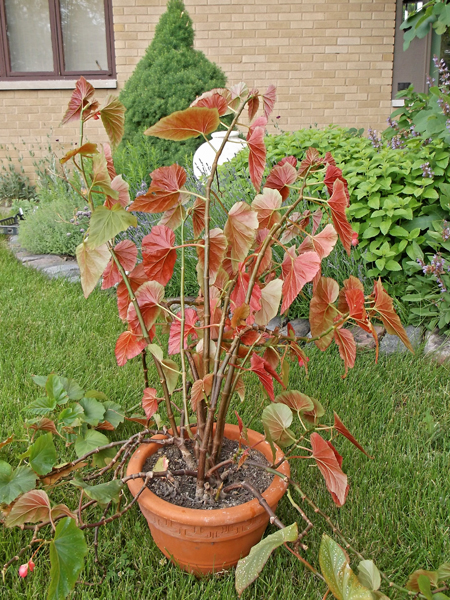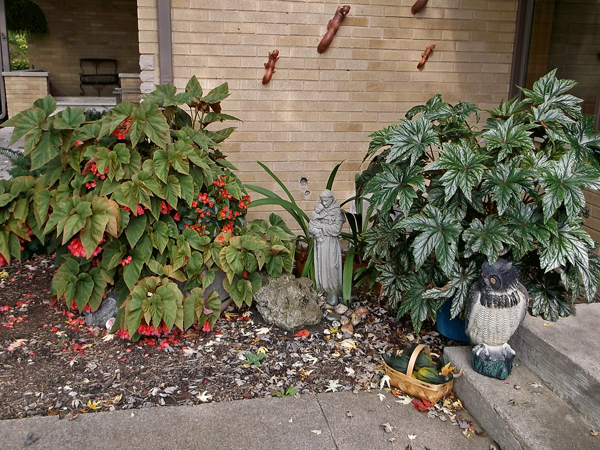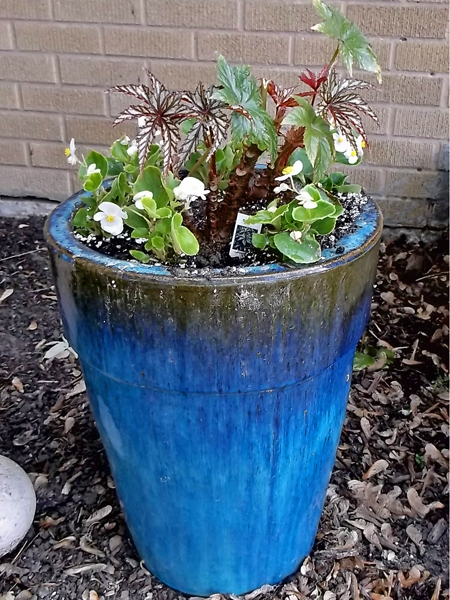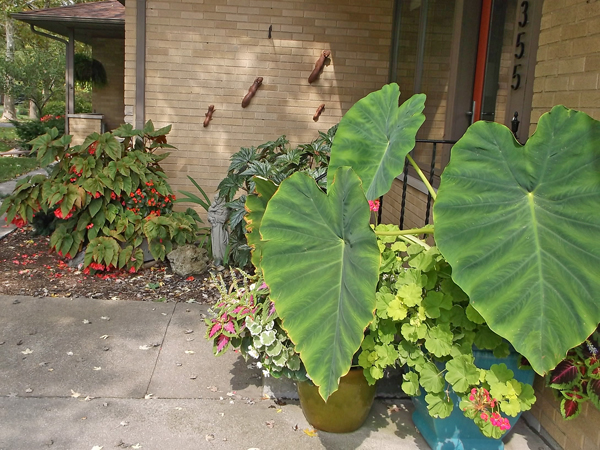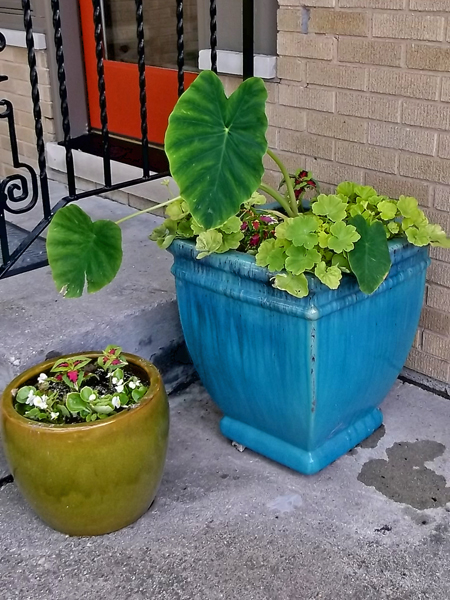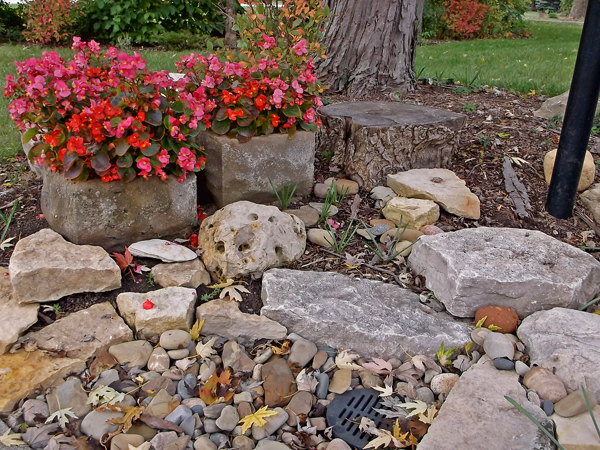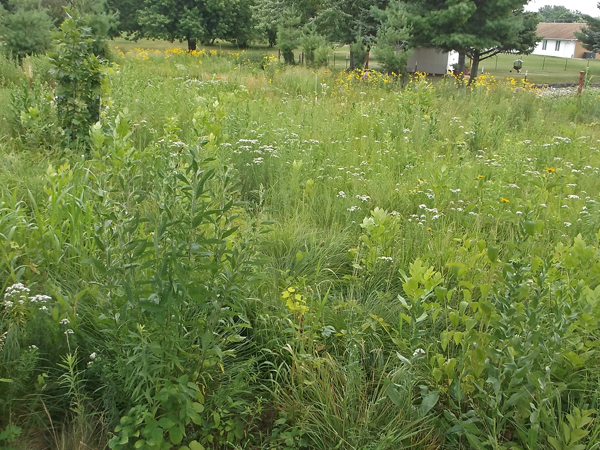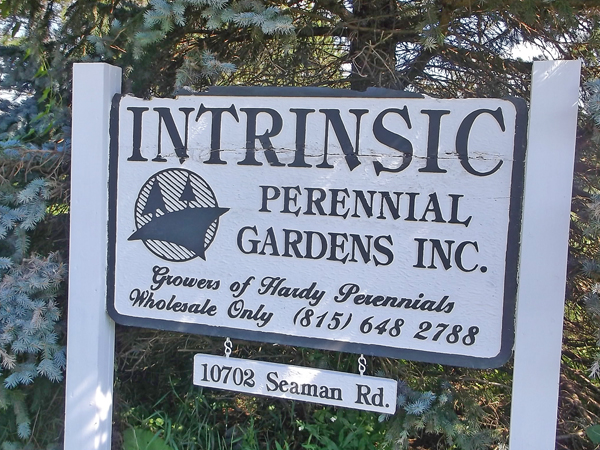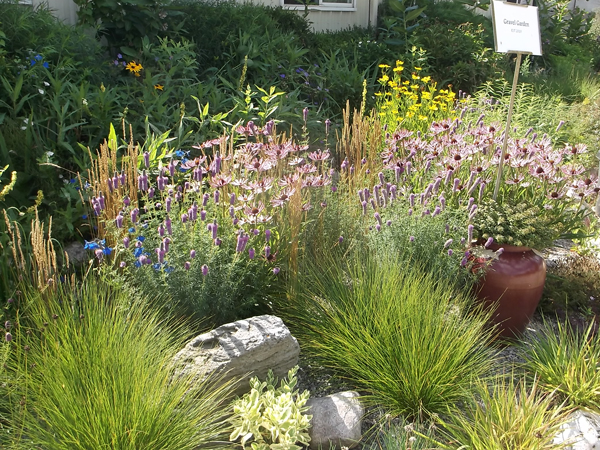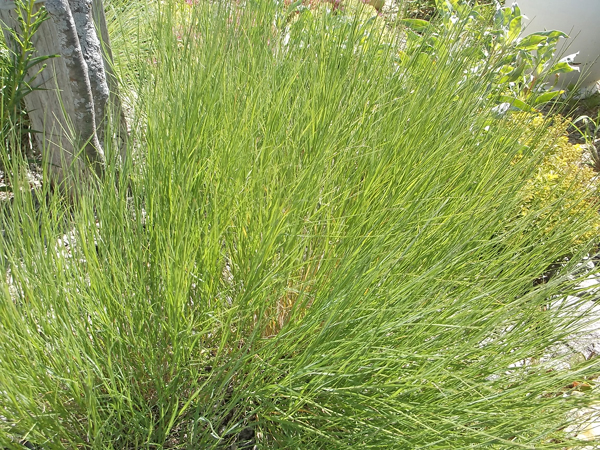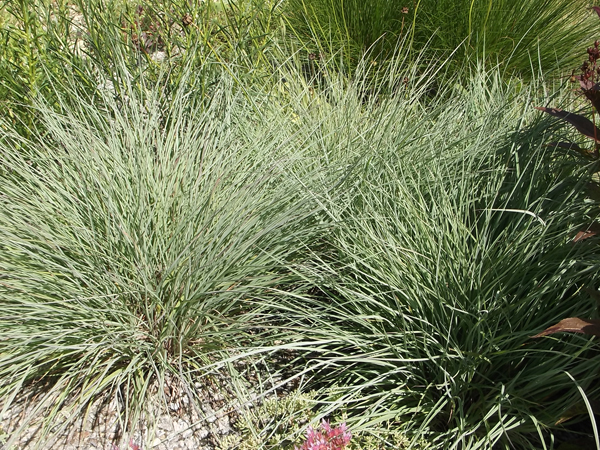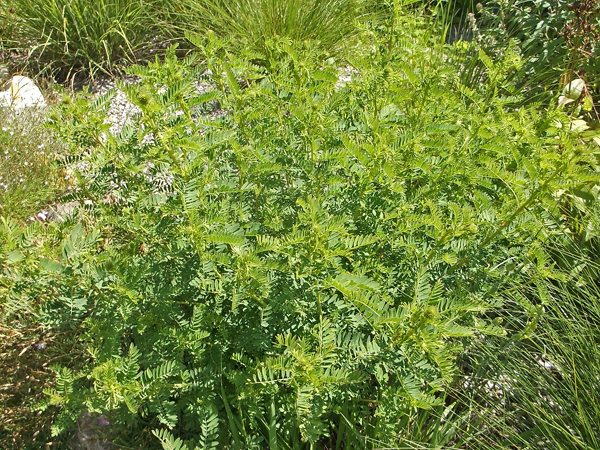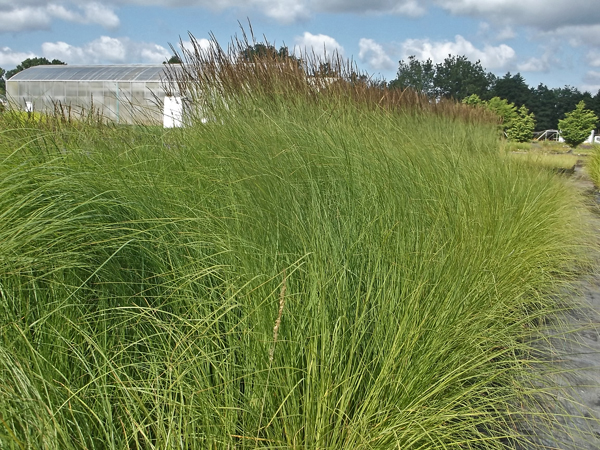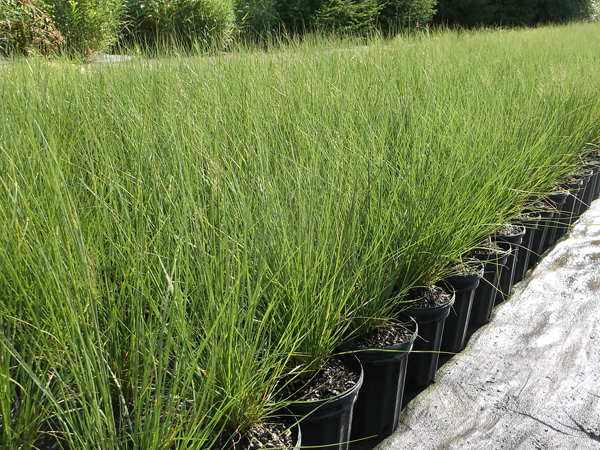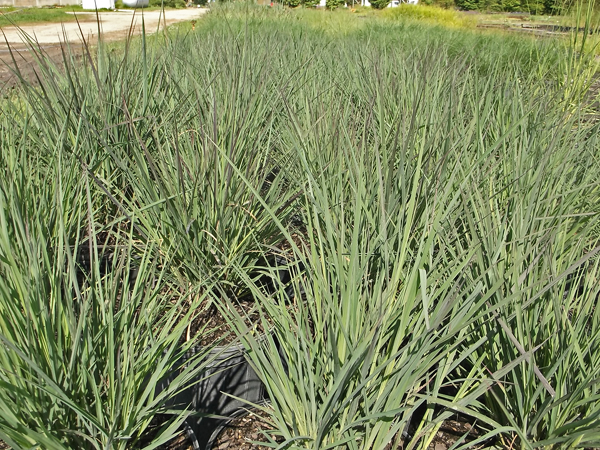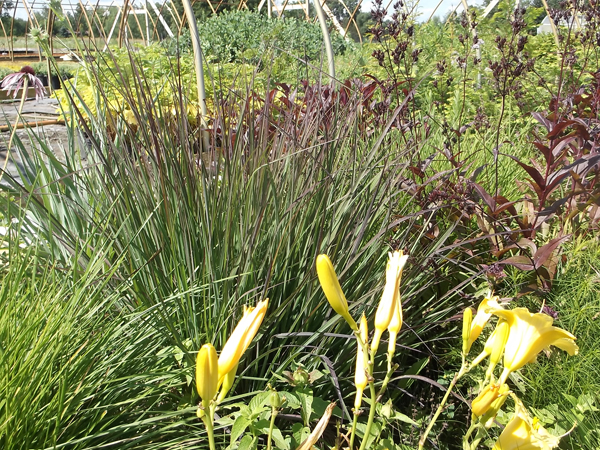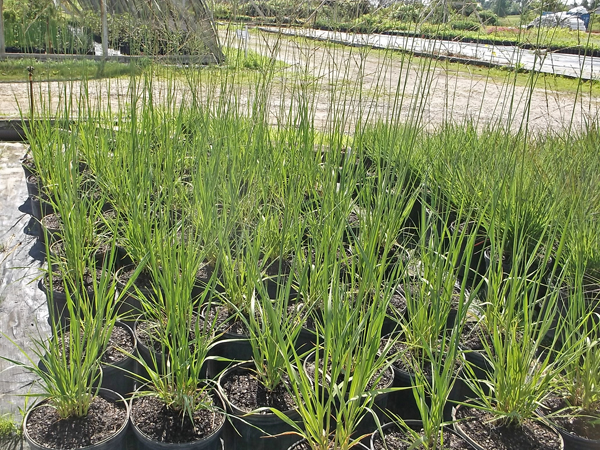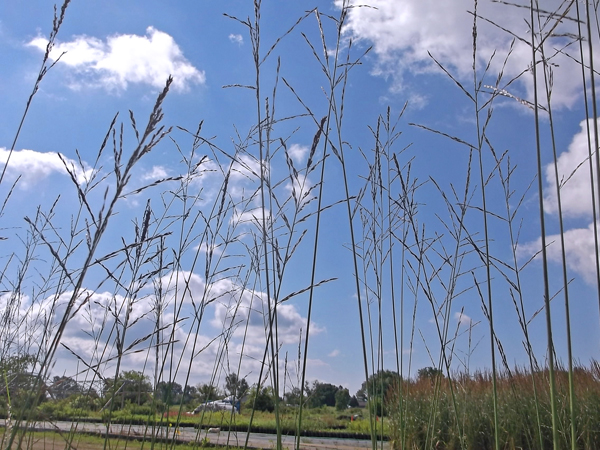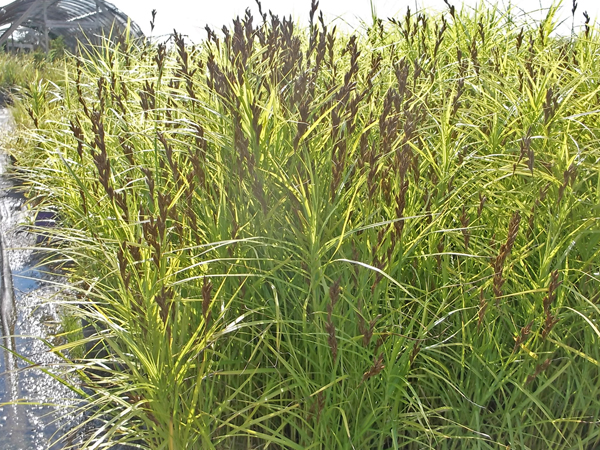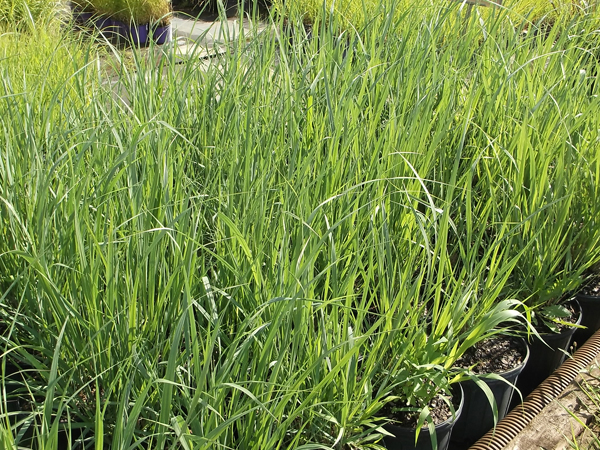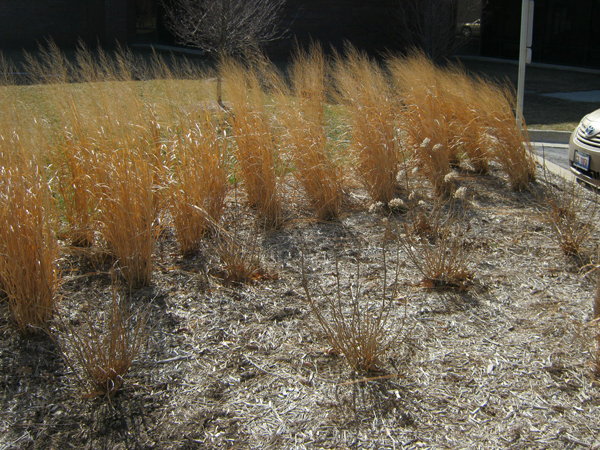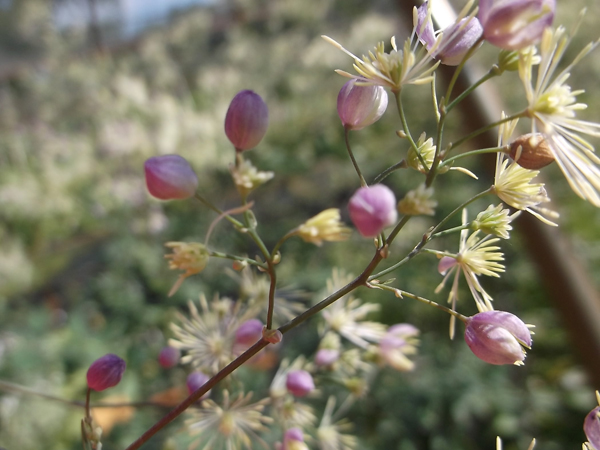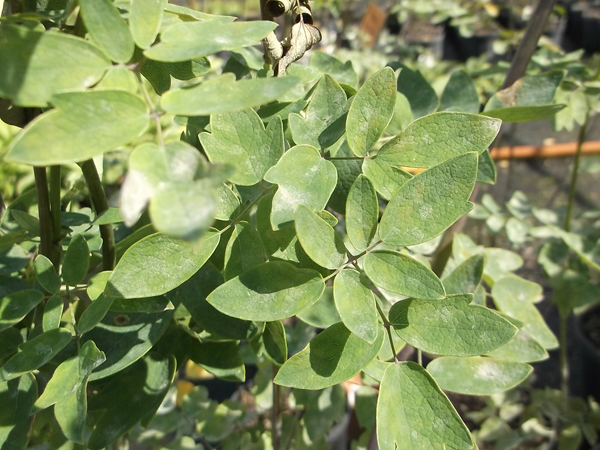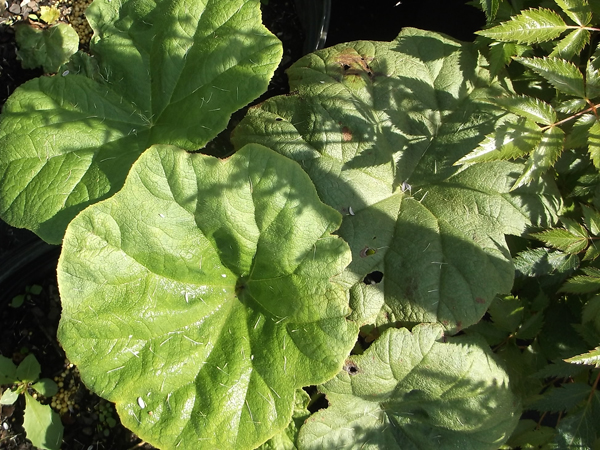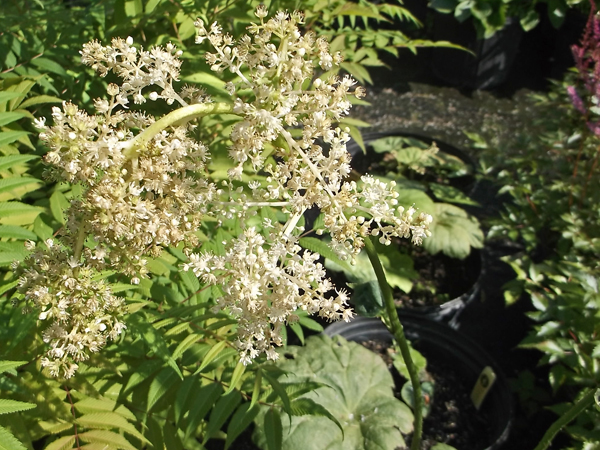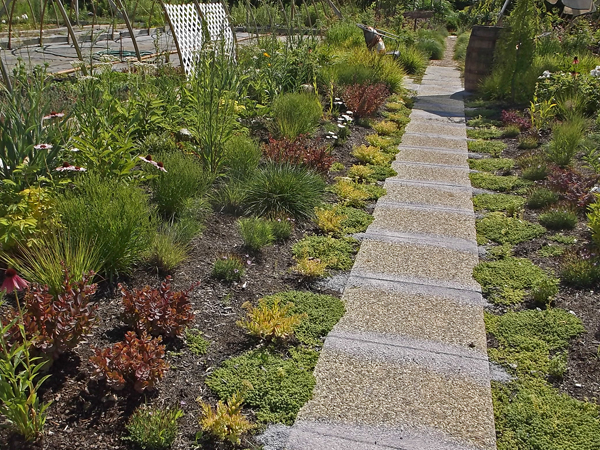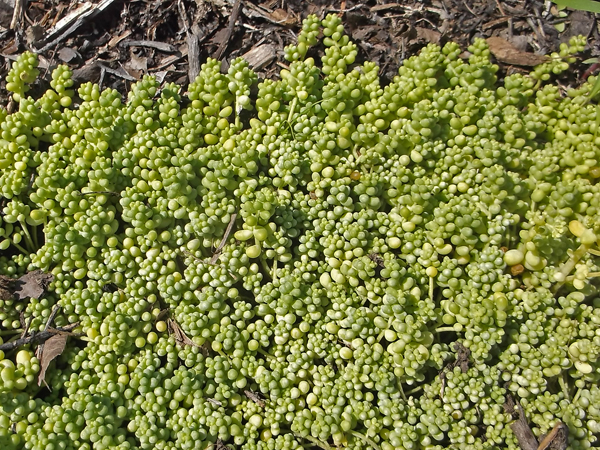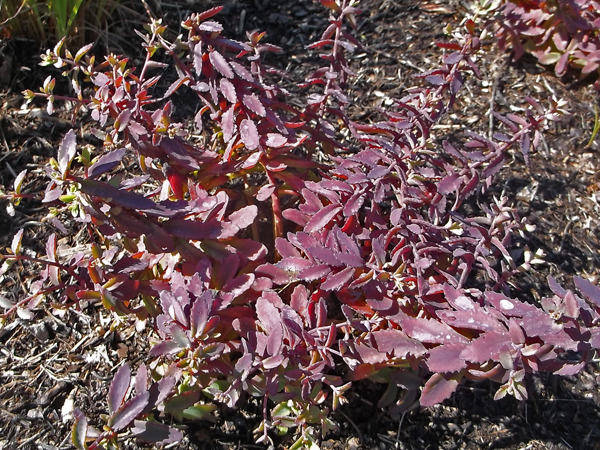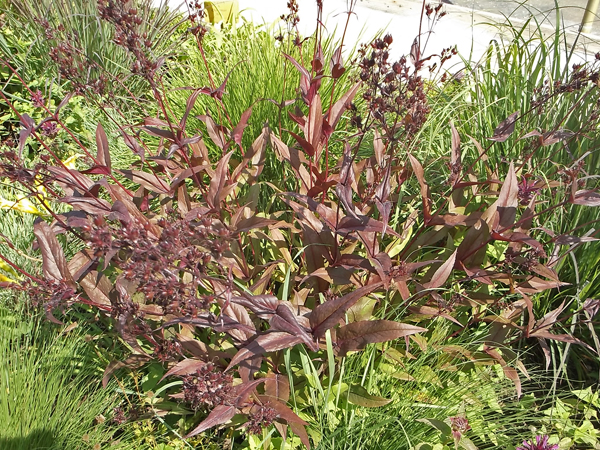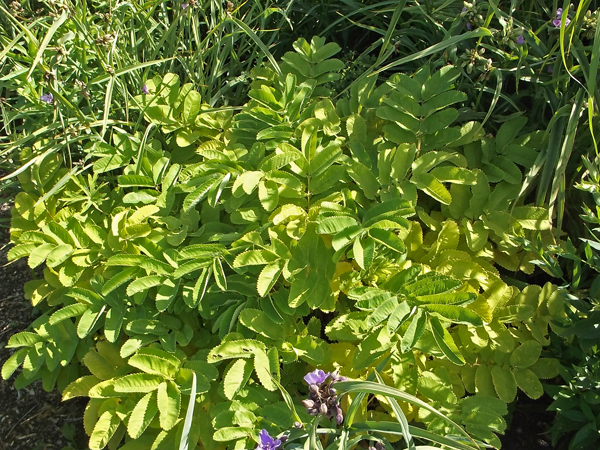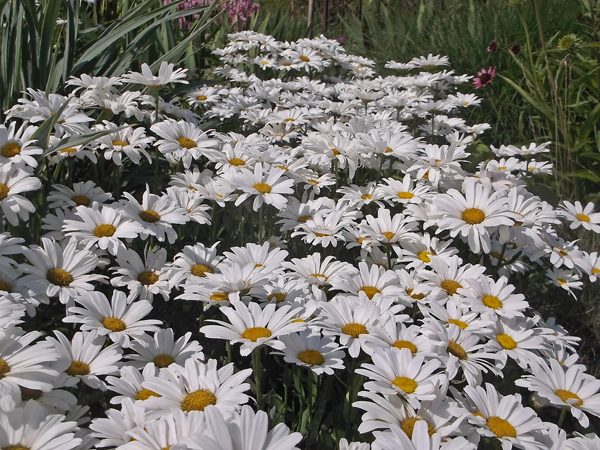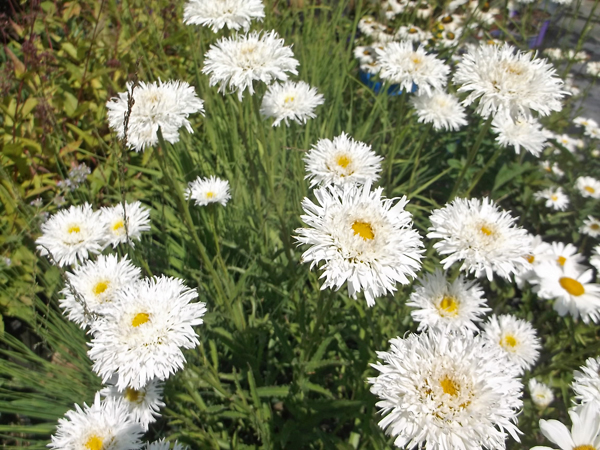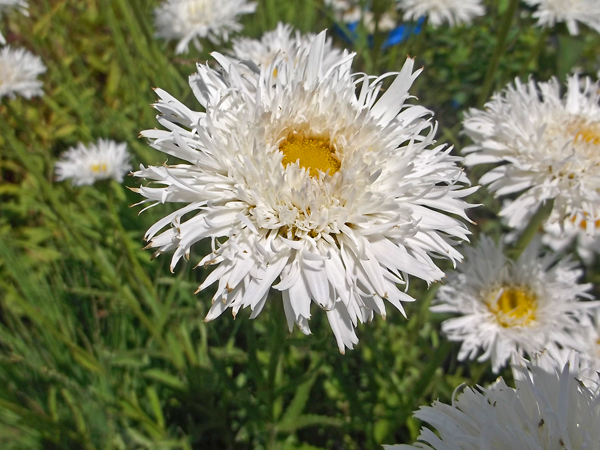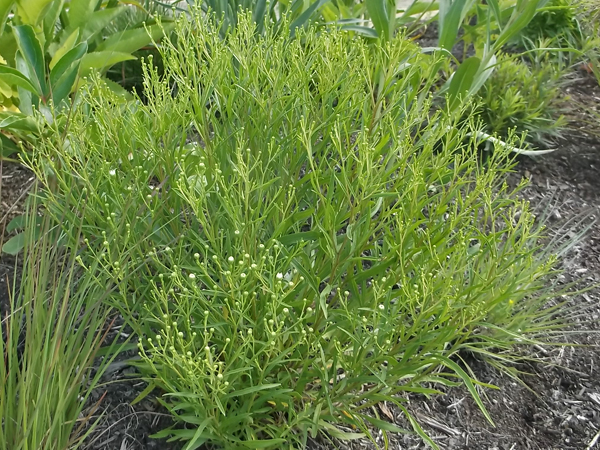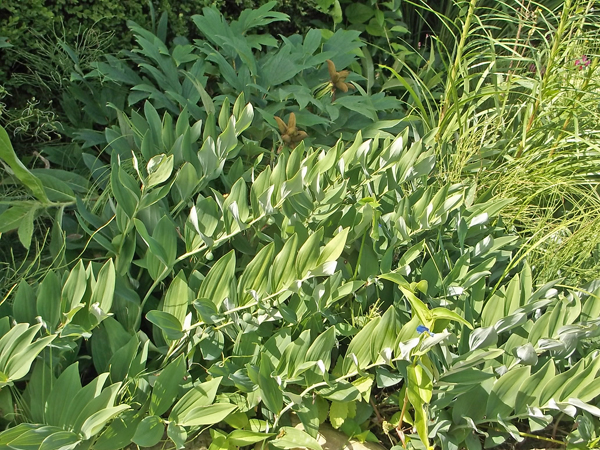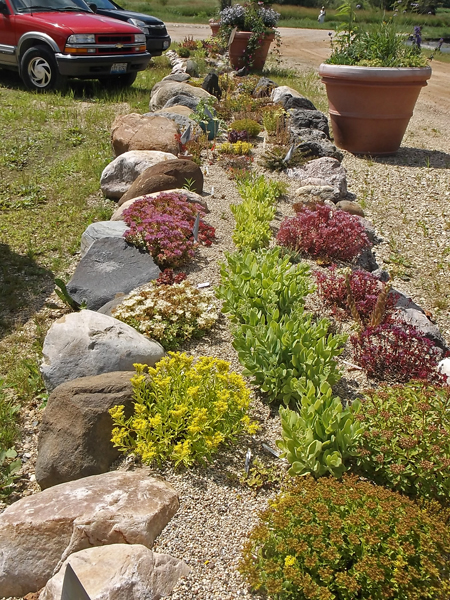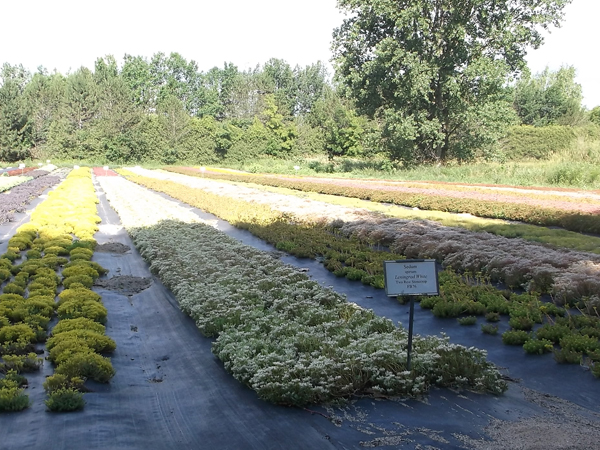Walking around my yard the other day, I had mixed feelings about the cool damp morning. I have never been a big fan of scorching hot summer days – seems I can never put on enough sunblock, by the end of the day, I wind up looking like a cooked lobster. Summer, of course, is a busy time for gardeners, and I relish being able pick fruits and vegetables from my gardens. Asparagus in May, strawberries in June ..grapes..raspberries ..apples through to the last peppers and tomatoes in October. Summer is a season of planting, watering, harvesting .. sweating, and seemingly, never enough time in the day to get it all done.
When finally October arrives, a slight panic sets in. When is the first frost going to strike? I need to pick those peppers before they freeze .. plant the garlic cloves, shallots, and get the vegetable garden beds ready for the early spring crops. The summer annuals are still looking great, but that could change overnight with an early frost – October 6th, South Dakota just had three feet of snow fall – I’m not ready for that! I need to take cuttings of my fancy leaved begonias – too big to take the whole plant in.
For future landscape plantings, I always try to take note of what flowers are looking good at different times of the year, and in October there are not many perennials in bloom, save for the asters and some gentians, and one of my new favorites, the Midwest native Blue Mistflower (Conoclinium coelestinum formally Eupatorium coelestinum) is still going strong – amazing.
So are many of the summer annuals, including the ‘State Fair Mix’ Zinnias that were seeded into the garden in early June. They flowered most of the summer as well, but at that time, they were competing with the perennials and were easier to overlook.
I thought that those cool blue mistflowers and the intensely hot colored zinnias would make a great fall flower arrangement, so I grabbed my florist pot, filled it with water, and gathered my harvest of bright blooms.
While I was cutting the stems (just above a flower bud whenever possible), I noticed that a volunteer Tall Verbena (Verbena boneriensis) was also in bloom, among the zinnias – Just one stem. I made a mental note to plant some Tall Verbena amongst next year’s zinnias – they made an interesting combination. The verbena generally shows up as volunteers (self-seeded) in my vegetable garden from plants grown there years ago – I allow them to grow and flower there, wherever they pop up. It has never been an aggressive spreader, but about a dozen plants just show up on their own every June. This annual seems to be semi-hardy as well as self-seeding, and its wiry stems of two to three feet, topped by one inch flower clusters, play well with other garden plants.
Arranged in a 75 cent rummage sale vase, the result was bright and cheerful, all for the price of a packet of seeds. Now to save some seeds for next year’s planting.
At my front door, the begonias did exceptionally well this year. A few years back, I bought a sad looking little plant at a church rummage sale, but it had an interesting leaf, and the price was right – a buck. I replanted it into a larger pot and kept it watered, interested to see what it would do. Over the summer, it grew .. and grew .. and grew. In photo below, you can see how enormous it gets, the name of this begonia is still unknown to me, but I love its exuberance. It’s growing in a 14x14x18 inch soap stone sink, salvaged out of a dumpster. Not a bad display for an investment of one dollar.
The flowers are equally exuberant. The neon pink clusters are over six inches across and very tropical looking – you never know what you might find at a rummage sale, sometimes it’s more than old purses and bad paintings.
All from a plant that looked like this in June, after a winter inside my home:
In September or October I take cuttings and stick them in a glass of water for a few weeks until I see roots form along the stem, then they get potted up to be kept inside until the warmth of spring arrives the following year. And the cycle continues.
The other begonia, ‘Gryphon’ is a new one to me. Last summer, another landscape architect in my office was using it in tree wells on North Michigan Avenue, The Magnificent Mile, in Chicago. That August, I found two 4″ potted ‘Gryphon’ Begonias in a garbage can at work – all of the unused summer flowers where being thrown away (sent to a commercial composter). They were pretty sad looking specimens – just a few yellowed leaves and pot bound- but again, the price was right.
The picture below shows what the plant looked like when it was potted up outside my front door this past spring, and after having spent the winter in my dining room window. I added the white begonia, not sure the ‘Gryphon’ would thrive – boy was I surprised! The blue pot that it is growing in was also found in the garbage – a homeowner had left it outside over winter, full of soil, this caused it to crack in to two pieces. The two pieces, however were easily glued together with some epoxy – so for a about two dollars worth of epoxy, I had a nice $50 pot in which to plant my salvaged begonia.
On the other side of the door are two planters containing a large leaved Colocasia (or Elephant Ear), a chartreuse leaved, and hard to find ‘Persian Queen’ Geranium, along with some coleus. Since they were so hard to find, I’m going to overwinter the ‘Persian Queen’ Geranium bare root in my basement. I love the bright green leaves on this geranium, and the first time I saw it on Detroit garden designer, Deborah Silver’s blog Dirt Simple, my obsession with having it in my garden began. Mine are getting a bit too much shade from the Elephant Ears to show its best color. Deborah does amazingly creative things with seasonal planters.
These planters looked a bit underwhelming when they were planted during first week of June:
But they soon took off, and just got better and better, looking like this, the first week of October – a good look for summer and if I felt inclined, which I do not, I could add a pot or two of ornamental kale or mums to bring it fully into autumn.
You may remember my cinder block planters from last June. They too did quite well too, and are still looking good at the start of October:
And while expansive beds of summer annuals should be the rare exception, whether at theme parks, airports, or around one’s home, annuals do have their place in the designed landscape. Thoughtfully used, annuals have much to offer. As part of a cutting garden, the resulting flower arrangements, brought indoors and shared with others, can brighten a room and be the start of a conversation; colorful pots at the front door of a home can be changed out with the seasons, offering a warm greeting to visitors; and annuals of various colors, heights, and textures added to planters in a business district create a warm and inviting atmosphere.


